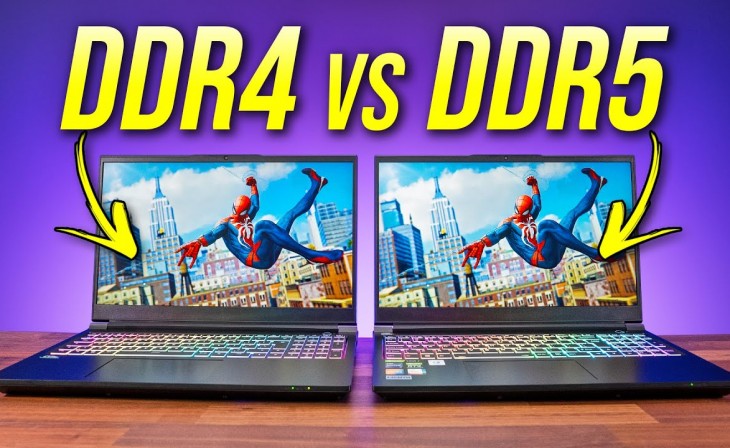DDR5 vs. DDR4 in Modern Gaming
Price Comparison: A Surprising Shift
Interestingly, the market has witnessed a role reversal in pricing between DDR4 and DDR5. In a surprising twist, DDR4 memory, once the economical choice, now costs more than DDR5. For example, a 32GB DDR4-4000 CL16 kit from G.Skill Ripjaws V Series is currently priced at $170, whereas a similarly specced DDR5-7200 CL34 kit from the G.Skill Trident Z5 RGB Series is available for just $130.
Also check Thirsty Suitors Review: A Narrative-Driven RPG with Humor and Heart
Purchasing Advice for New Builds
For those assembling new systems, the decision leans heavily towards DDR5. Not only is DDR5 generally faster, but it also doesn't carry a significant price premium over DDR4. For instance, a 32GB DDR5-5600 kit can be found for around $70, while DDR4-3600 kits start at approximately $55. Furthermore, both DDR4 and DDR5 motherboards are similarly priced, with DDR5 models increasingly available.
Testing Setup and Methodology
The comparative analysis between DDR4 and DDR5 was conducted using the Intel Core i9-14900K. This study encompassed 21 modern games, aiming to cover a wide spectrum of genres and graphical demands. The DDR4 memory tested was clocked at 4000 MHz, and DDR5 memory was tested at 7200 MHz, representing high-end offerings in both categories.
Detailed Game Benchmarks
Assassin's Creed Mirage: DDR5 Takes the Lead
In "Assassin's Creed Mirage," DDR5 demonstrated up to a 13% improvement in performance. This was most noticeable in the 1% low metrics at 1080p, with a 7% increase in average frame rates. The performance differences were less pronounced at 1440p and 4K, owing to the GPU becoming the limiting factor.
Star Wars Jedi: Survivor: Notable Gains with DDR5
"Star Wars Jedi: Survivor" showed a stark contrast, especially in the 1% lows. At 1080p, DDR5 had an average of 11% faster performance, with a significant 35% better performance in 1% lows. The performance gap remained notable at 1440p but narrowed at 4K due to GPU constraints.
Baldur's Gate 3: DDR5 Enhances Performance
In "Baldur's Gate 3," DDR5 provided a substantial boost, offering a 20 fps increase at both 1080p and 1440p resolutions. This equated to a noteworthy 14% improvement in both average and 1% low performance metrics.
Spider-Man Remastered: CPU-bound Gains with DDR5
"Spider-Man Remastered" benefited greatly from DDR5, showing up to a 20% increase in performance. This game was heavily CPU-bound, and the advantage of DDR5 was even observable at 4K resolution, particularly in the 1% low performance.
Overall Performance Analysis
After reviewing the performance across 21 games, DDR5 generally outperformed DDR4 in gaming scenarios. To quantify this, examining the 1080p performance for average frame rates and 1% lows provides a clear picture. DDR5 consistently delivered better performance, with improvements more pronounced in CPU-bound scenarios and at lower resolutions like 1080p.
Conclusion: DDR5 as the Preferred Choice for Gamers
The evidence from this comprehensive testing leads to a clear conclusion: DDR5 memory offers a significant advantage in gaming performance over DDR4. This is especially true when considering the current pricing dynamics where DDR5, surprisingly, does not command a premium over DDR4. For gamers and system builders, opting for DDR5 seems to be the more future-proof and performance-oriented choice.
Future Outlook
As the technology matures and more games are optimized to leverage the advantages of faster memory, the gap between DDR4 and DDR5 is likely to widen further. Gamers should consider DDR5 not only for its immediate performance benefits but also for its potential in future-proofing their gaming rigs.




